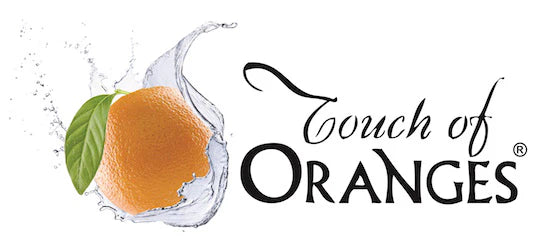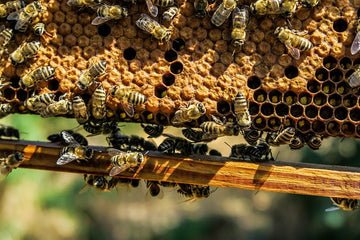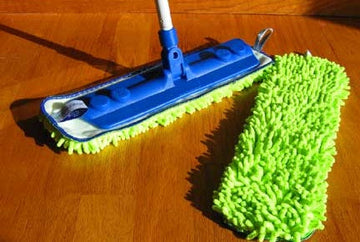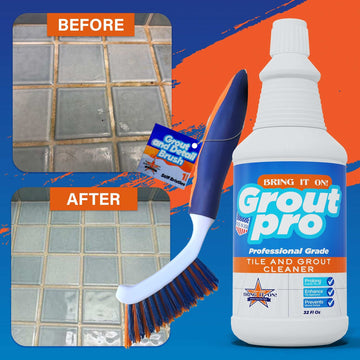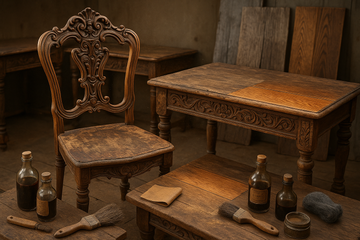Preserving Wood
When it comes to preserving wood, there are numerous products on the market claiming to be the best. However, beeswax stands out as a superior option for a variety of reasons. Let's explore three key reasons why beeswax is considered the queen of wood preserving.
1. Natural Protection
Beeswax is a natural substance produced by honeybees. It contains unique properties that make it an excellent choice for protecting wood. One of the main benefits of beeswax is its ability to create a protective barrier on the surface of the wood. This barrier helps to repel moisture, preventing the wood from warping or cracking over time. Additionally, beeswax has natural antibacterial and antifungal properties, which can help prevent rot and decay in the wood.
2. Long-Lasting Durability
Unlike some synthetic wood preservatives that may need to be reapplied frequently, beeswax offers long-lasting protection. When applied correctly, beeswax can penetrate deep into the wood, providing a durable shield against environmental elements. This longevity means less maintenance and upkeep for the wood over time, making it a cost-effective choice for preserving wooden surfaces.
3. Enhances Natural Beauty
In addition to its protective qualities, beeswax can also enhance the natural beauty of wood. When applied, beeswax can bring out the rich colors and grain patterns of the wood, giving it a warm and lustrous finish. This natural enhancement is especially desirable for wooden furniture, floors, and other decorative pieces where aesthetics are important.
Overall, beeswax is a versatile and effective option for preserving wood. Its natural protection, long-lasting durability, and ability to enhance the beauty of wood make it a top choice for those looking to maintain and protect their wooden surfaces. Consider using beeswax for your next wood preservation project and experience the benefits firsthand.
There is an unmistakable elegance and warmth about wooden structures gracing a home or any room. They seem to emit a sense of connectivity to a natural world which you unconsciously (or consciously) want to protect and preserve.
This connectivity to nature is probably what compels us to take care of our wooden properties and ensure their utmost longevity, especially that wood is sensitive to temperature changes, light, and moisture. Aside from that, they are also vulnerable to wood-harmful organisms such as fungi and most insects.
But how can we best preserve our wood? There are a number of available products in the market which are generally classified into the following varieties:
- Oil-borne wood preservatives - These contain chemicals used both as a pesticide and a disinfectant.
- Water-borne wood preservatives - These may be cheaper but they are more loaded with chemicals than the oil-borne type. They could pose long-term health risk in case of frequent exposure to them.
Fortunately, there’s a safe and wood-friendly alternative to all these commercial products: beeswax.
What is beeswax?
Beeswax is produced by bees to build the walls of the honeycomb where they store their honey. It varies according to geographic locations, and depending on the bees’ age and diet, the colors of the wax also vary from yellowish to almost black.
Beeswax is considered a miracle animal wax secretion because of its multiple uses and benefits. It is most commonly used for candles but it’s also a great ingredient for cosmetics, wax paper, and ointments. But what makes it the best alternative to wood preserving products?
Here are 3 reasons why:
- It’s natural. We want to extend the wood’s purpose and usability for as long as we can while also avoiding the toxic materials present in most commercial preservatives. Beeswax, being non-toxic, is therefore safe to those who come in contact with the wood. This way, we are not preserving just the wood but human health as well.
- It guarantees durability. Beeswax contains high-carbon paraffin which not only feeds into the wood but also seals and protects its surface especially from moisture and sunlight. This ensures its much needed durability. While a varnish may also serve as a protective coating to wood, it doesn’t quite penetrate like beeswax does.
- It gives a shiny finish. Beeswax transforms dry, dull, and sun-damaged wood surfaces into naturally smooth ones, giving them a nice sheen. A varnish on the other hand is made of resin resulting in a dry, hard wood finish. With beeswax, a sparkling home and furniture set is within reach.
Homemade beeswax wood preservers are also easy to make, and there are plenty of online references you can use. Usually they are mixed with natural oils such as jojoba and mineral (for food-safe wood) or linseed (for non-food-safe wood). For a ready-to-use beeswax wood preservers, checkout Touch of Beeswax Wood Preserver.
With a safe product that’s easy to source and produce, beeswax no doubt is the queen of wood preservatives.
